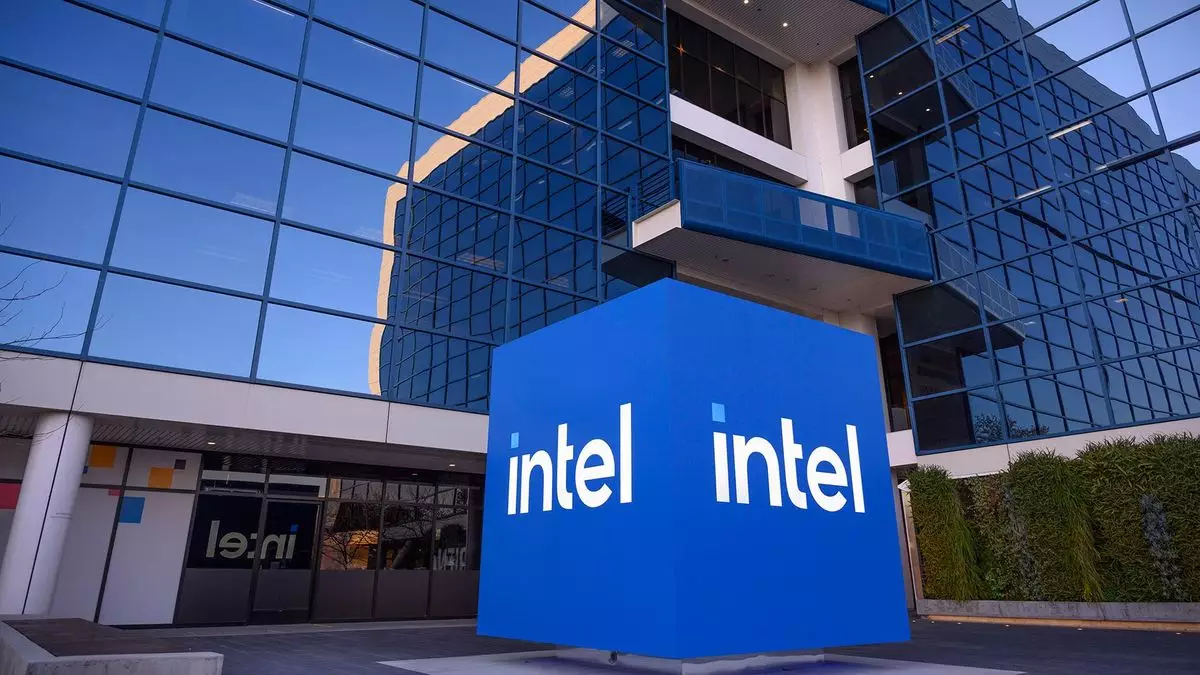Intel, once a titan in the semiconductor industry, now finds itself at a critical juncture with its foundry operations amidst fluctuating market dynamics and leadership changes. As the company grapples with its identity in the wake of Pat Gelsinger’s abrupt retirement, questions arise about the future direction of Intel Foundry. With increased competition from established giants such as TSMC, Intel is faced with the challenge of redefining its approach to chip manufacturing while ensuring operational integrity across its various divisions.
The recent participation of interim co-CEOs David Zinsner and Michelle Johnston at the Barclays 22nd Annual Global Technology Conference provides insight into Intel’s strategic focus. Zinsner emphasized his expertise in operational and financial management, while Johnston brought her experience from product development. This division of responsibilities signals a need for both operational efficiency and innovative product offerings, particularly in a highly competitive environment. The conversation, however, revealed an interesting dynamic concerning Intel Foundry, suggesting an ongoing attempt to create autonomy within this sector.
During the discussion, Johnston underlined that Intel’s businesses, including the Foundry, operate largely independently. This autonomy raises the question of whether Intel Foundry could evolve into a standalone subsidiary—a pathway that Zinsner acknowledged is still circumspect. Such potential separation could cater to the demands of a rapidly changing industry landscape, allowing Intel Foundry to respond more agilely to market pressures.
The possibility of fully separating Intel Foundry remains an “open question,” indicating that while the company is exploring options, no definitive path has emerged. This vagueness could reflect a hesitance to commit to an entirely independent model versus a diversified integrated strategy. The ambiguity surrounds not just operational independence; it also hints at broader structural reforms within Intel’s business model, suggesting a desire to remain adaptable in uncertain times.
This consideration is particularly relevant given the impending launch of Intel’s 18A chip technology, a significant investment for the company amidst previously reported instability in its CPU lines. The weight of such a launch could necessitate clearer strategic direction—either as a dedicated entity with targeted goals or as part of a more extensive corporate framework where resource distribution may dilute focus.
Intel’s challenges are further compounded by its competition with TSMC, the predominant player in chip manufacturing. As demonstrated by Intel’s recent performance dips, including being outpaced in key indices, it is clear that the company is struggling to regain its foothold in a market that is evolving rapidly. As current Intel CPUs face criticism for gaming and performance metrics, the importance of technological innovation within Intel Foundry becomes evident.
The stakes attached to the launch of 18A underline not just the ambition to restore Intel’s brand image but also the necessity to compete effectively against competitors like TSMC. Should Intel Foundry successfully navigate these market pressures and produce cutting-edge technologies, it could mark a turning point in the company’s trajectory. Conversely, failure in this endeavor might solidify its status as a secondary player in the semiconductor space.
Intel’s future hinges on its ability to maneuver through present uncertainties while capitalizing on the potential of Intel Foundry. The discussions surrounding operational independence versus integration reflect broader challenges within the semiconductor market and point to an urgent need for clear strategic vision as the industry continues to shift.
As Intel strives to reclaim its prestige within the semiconductor ecosystem, decisions taken surrounding Intel Foundry will undoubtedly play a pivotal role. How the company’s leadership chooses to address internal divisions and market pressures will likely shape not only its future but also the landscape of chip manufacturing for years to come.


Leave a Reply